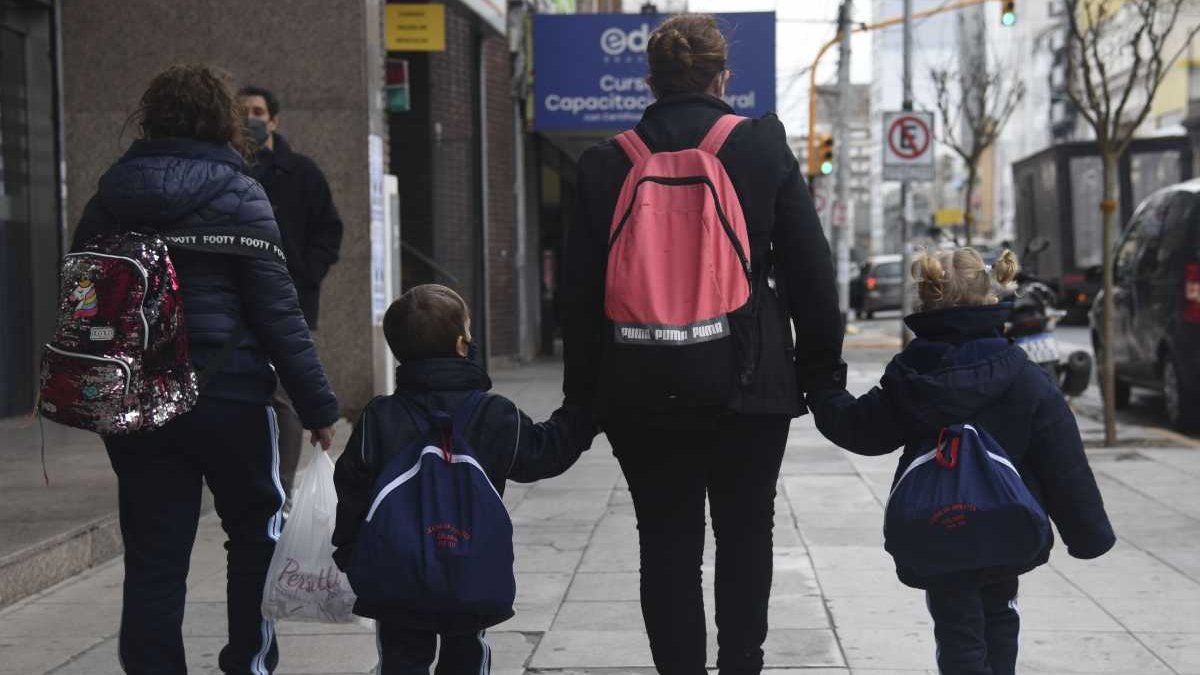The demand for private schools has experienced significant changes, marked by factors such as the drop in the birth rate and the migration of students between both systems.
The education, the engine of social development, faces new challenges in the current panorama. The coexistence between public and private education offers families a variety of options for the education of their children. However, in recent years, The demand for private schools has experienced significant changes, marked by factors such as the drop in the birth rate and the migration of students between both systems.
The content you want to access is exclusive to subscribers.
According to the Ministry of Human Capital of the Nation, in the last 5 years, the total enrollment of students had an increase of 8.25%, covering the three levels (initial, primary and secondary). However, while enrollment in public schools increased by 8.35%, reaching 8.6 million children in 2023, that of private schools grew by 7.98%, reaching 3.1 million in the same year. This panorama implies a challenge for private schools in terms of attracting and retaining students.


The birth rate in Argentina fell from 2.7 children per family in 1980 to 1.7 in 2020, according to data from the World Bank. This decline represents one of the main challenges for private schools: Currently, a school with 700 students needs 400 to 500 families, at a rate of 2 children per family, to fill its places; when, 30 years ago, 50% less was needed. In this sense, Developing skills in commercial and marketing areas becomes crucial both for recruiting students and for communication with families once the student has enrolled.
The digital footprint and the value of the educational proposal
In this context of competition for the recruitment of students, a good fingerprint is essential. Currently, the Internet is the first place where a family looks for information about schools when choosing where to send their children. In this sense, it is essential show the educational proposal clearly, build trust and interact with families through social networks.
By digital footprint we refer to the trace that we generate on the Internet. In this case, a school can have a website and different channels on social networks and/or other digital platforms. The quantity and quality of traffic on your website, followers on networks and/or the reach and impact of your publications on these channels constitute examples of the digital footprint. Another example is given by advertising platforms such as Google Ads or Meta Ads where advertisers, in this case schools, can reach people looking for information or audiences with certain characteristics.
In general, schools put the greatest effort into communicating with the families that already make up their community, leaving aside potential families that they could recruit. An effective communication strategy must serve both current and potential families. In that sense, It is essential that institutions design a digital strategy that responds to the needs and interests of both segments.
Returning to the impact of the birth rate, this also implies an effort to attract the necessary number of students for the business to be profitable. Here appears the importance of reinforcing the digital footprint, since this type of communication channels allow schools to reach more families in a more agile way.
In the last 10 years 80% of the traffic on school websites corresponds to new families looking for new institutions. Private schools face a challenging landscape in terms of student recruitment and retention at this time, which demands the development of new skills in areas such as marketing and digital communication. Adapting to these changes and developing effective strategies will be key to staying in the market and thriving in the future.
CEO of Meira Productivity, a marketing agency focused on B2B and Services companies, and specialized in Institutions.
Source: Ambito
David William is a talented author who has made a name for himself in the world of writing. He is a professional author who writes on a wide range of topics, from general interest to opinion news. David is currently working as a writer at 24 hours worlds where he brings his unique perspective and in-depth research to his articles, making them both informative and engaging.




